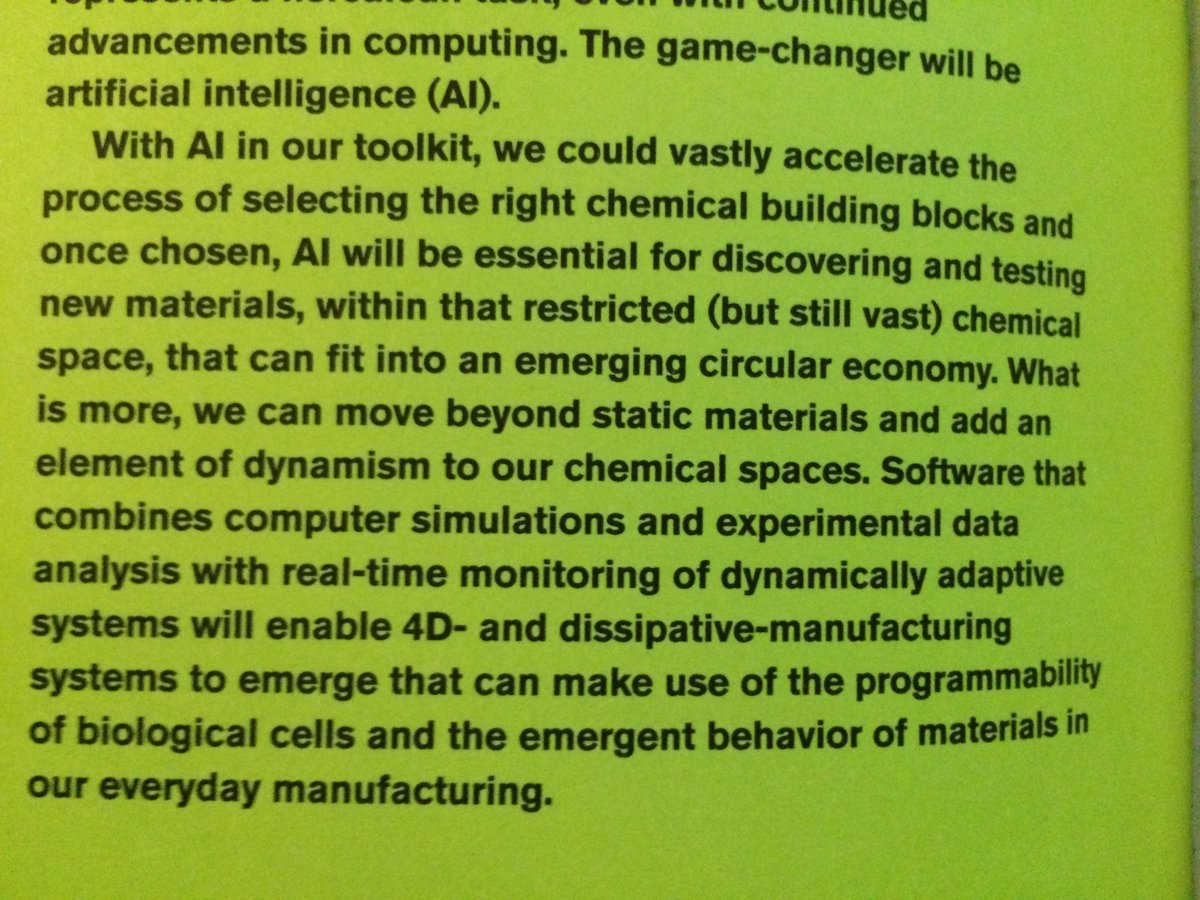It's #EarthDay so today seems like a good day to share a quick overview of my book, Brave Green World, which I coauthored with Dr Chris Forman (1/17)
With an almost constant stream of scary environmental news, it can be easy to feel disheartened. There are solutions to the environmental crisis - but it requires a rethink of our relationship with matter and energy.
In #BraveGreenWorld, Chris and I set out to understand how we can combine old wisdom with new technology to make our economy more like a natural ecosystem - recycling everything locally and producing next to no waste.
We start by asking a simple question - what happens to all the energy that hits the Earth? The answer is that most of it leaves again, reflected back into space as "Earthshine". There is more than enough solar energy hitting the Earth to power all human activities, and much more! 

Living organisms evolved over billions of yrs to take solar energy and use it carefully to manipulate matter for growth and reproduction. Organisms exchange waste, cycling nutrients between plants, herbivores, predators and decomposers: one creature's trash is another's treasure. 

In contrast to the circularity of ecosystems, our systems are distinctly linear. We take, make and then waste materials in our never-ending quest to generate financial capital. We turn purified raw materials into mixed waste, from which we can't easily retrieve them. 

We wanted to know what our civilisations might look like if we designed our energy and manufacturing systems more like biological organisms. So we surveyed some of the newest technology that could help us get there: 3D printing, synthetic biology, AI and chemical computing.
Whereas traditional manufacturing methods often use huge bursts of energy to shape materials (like steel or glass), #3Dprinting is more like biological manufacturing, where material is added incrementally to a growing object, so energy and material can be used more precisely. 

New biotechnology like #SyntheticBiology allows us to programme new living organisms. We have already created bacteria that can produce chemicals we need for medicine e.g. insulin, or for industry e.g. rose scent. Perhaps we could reprogram cells to help us live more circularly? 

Whereas our industries rely on materials that take a lot of energy to reshape, living organisms manufacture using proteins, which can be reshaped at low energies. These materials are more compatible with renewable energy sources like solar (or photosynthesis!).
My PhD on ants made me appreciate the phenomenon of emergence - where new behaviours or properties appear when many components come together - the whole is greater than the sum of its parts. Clever designs could make use of emergence to generate new material properties. 

#AI may be our most powerful tool for exploring the library of possible materials and finding new emergent properties. Then perhaps we could replace the traditional building blocks of manufacture with new materials that can be reshaped at with lower energy input? 

One topic that was totally new to me before writing Brave Green World, but which is Chris' speciality, is chemical computing: the idea that we can make matter perform computational processes. This type of computing may be uniquely well suited to finding new circular materials. 

We put all of this together and asked what cities of the future might look like in a #CircularEconomy. We imagined homes powered by renewable energy where symbiotic lifeforms filter and process waste onsite. We imagined cities where materials are exchanged locally, managed by AI. 

A circular economy could also pave the way to life in space. Living sustainability on Earth and colonising a planet require the same breakthrough - the ability to cycle matter indefinitely using renewable energy to produce the infrastructure, commodities and nutrients you need. 

In this imagined circular future, everyone would have access to the manufacturing process and companies could profit from developing new digital designs. Economic progress would be decoupled from environmental destruction, giving us the chance to live harmoniously with nature.
Want to find out more? Check out our author talk from Earth Day 2021: , or find out where you can buy the book here: mitpress.mit.edu/books/brave-gr…
• • •
Missing some Tweet in this thread? You can try to
force a refresh




